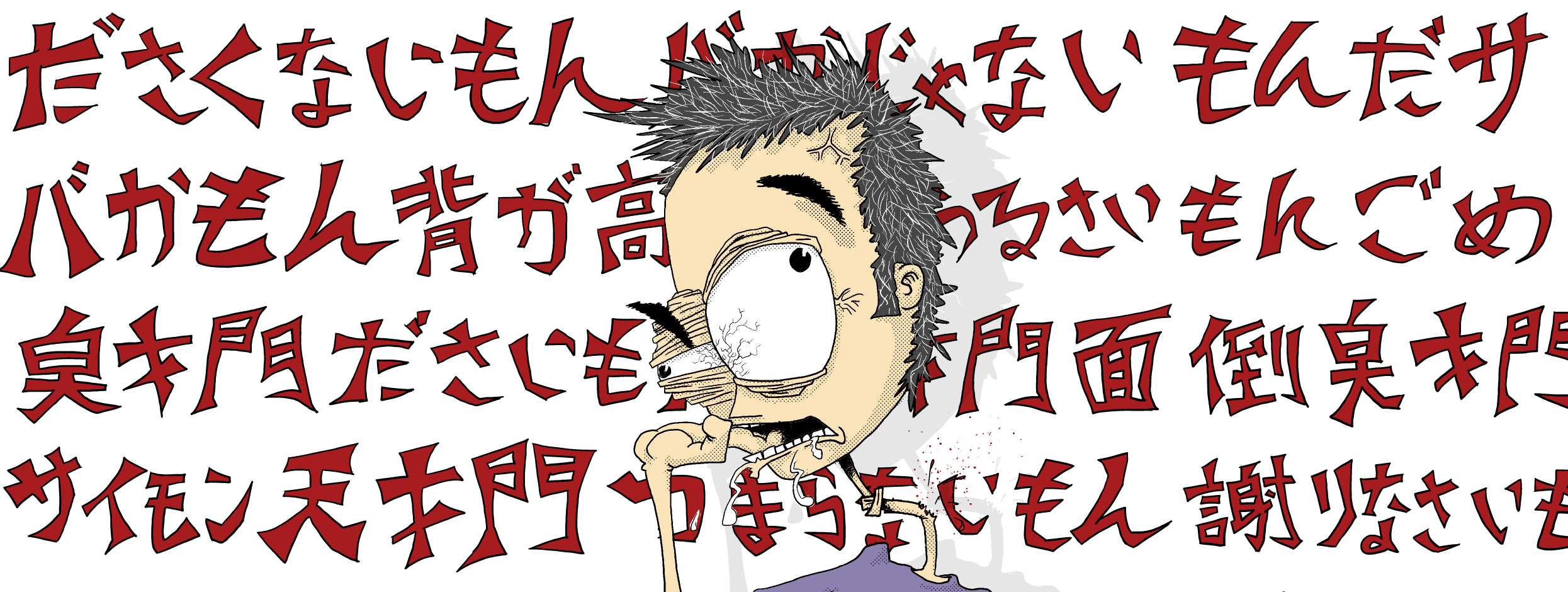Episodes
Monday Feb 21, 2022
52.江戸時代=エコ時代 / Edo Japan=Eco Japan
Monday Feb 21, 2022
Monday Feb 21, 2022
鎖国していた江戸時代の日本は、資源は限られていたから全てをreduce, reuse, recycleされていた循環型の持続可能な社会だった。
今日の記事のLINK:
https://www.japanfs.org/en/news/archives/news_id027759.html
関連LINKS:
https://www.japanfs.org/en/news/archives/news_id027757.html
https://www.japanfs.org/ja/news/archives/news_id027225.html
https://www.japanfs.org/ja/news/archives/news_id027228.html
https://bookclub.kodansha.co.jp/product?item=0000197894
https://www.ecosia.org/images?q=%E7%A8%B2%E3%82%8F%E3%82%89
https://www.timetravelturtle.com/horyuji-japan-oldest-wooden-building/
http://www.horyuji.or.jp/annai/
単語LINKS:
https://ejje.weblio.jp/content/rice+straw
https://ejje.weblio.jp/content/mass+production
ME:
Site: http://www.tensaimon.com
SNS: tensaimon (Instagram: https://www.instagram.com/kusaimon/)
CREDITS:
Music by Kajiki
Sounds: https://freesound.org/people/tensaimon/bookmarks/
TRANSCRIPT:
Japan’s sustainable society in the Edo period (1603-1867)
In the Edo period Japan was closed off from the world and had a peaceful period of economic and cultural development, including supporting the largest city in the world at the time (Edo had a population of around 1 million – London had 860,000).
Although modern Japan depends on imports for 78% of it’s energy, 60% of it’s food, and 82% of it’s timber, Edo period Japan was completely self-sufficient for 260 years – it was a sustainable society! Perhaps we can learn from Edo about how to live in the 21st century…
Because Edo Japan had limited resources within the country and no imports, society became expert in the 3 R’s: reduce, reuse and recycle.
- books were used for years
- second hand clothes were repaired
- old cooking pots were re-welded
- old umbrella ribs were made like new again by sticking on new oil paper.
- Even toilet waste was important: the “night soil” was used as fertilizer on farms.
Similarly, all of Edo-period Japan’s energy came from plants and trees that had grown in the last 2-3 years – this was sustainable because Japan was (and is) heavily forested:
- Rice was an important food crop, and the rice straw was used extensively for making buildings, shoes, sacks, and cooking tools such as sieves.
- Most buildings were made from wood, and indeed Japan has some of the longest-standing wooden buildings in the world – Houryuji temple pagoda was built in 700AD.
- Firewood was used for heating homes and water, and seed oil was used in lanterns for house and street lighting. In fact Ishikawa (the author) calculates that even today Japan could sustainably get one quarter of it’s energy from firewood.
We can look at Japan in the Edo Period as one model of a sustainable society – the careful sustainable use of resources instead of mass production and consumption.
Hey listeners what do you think?
Your turn to vent!
Would you like some tea?
1. What do you think we can learn from Edo Japan?
2. I think a sustainable society would basically look a lot like Edo Japan, but with a bit of electricity and better medical treatment – what do you think?
どうぞ vent your thoughts and feelings on this issue - send me an email!

No comments yet. Be the first to say something!